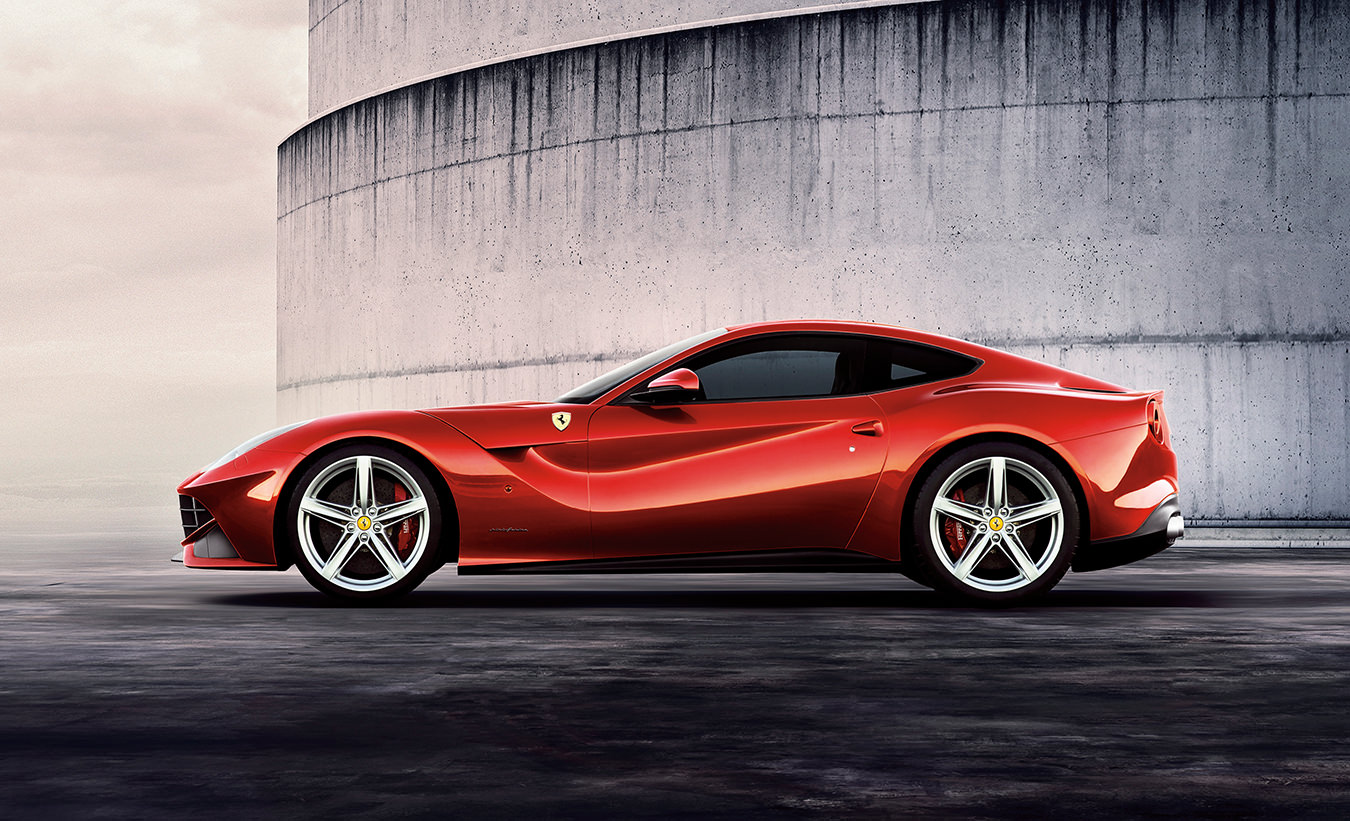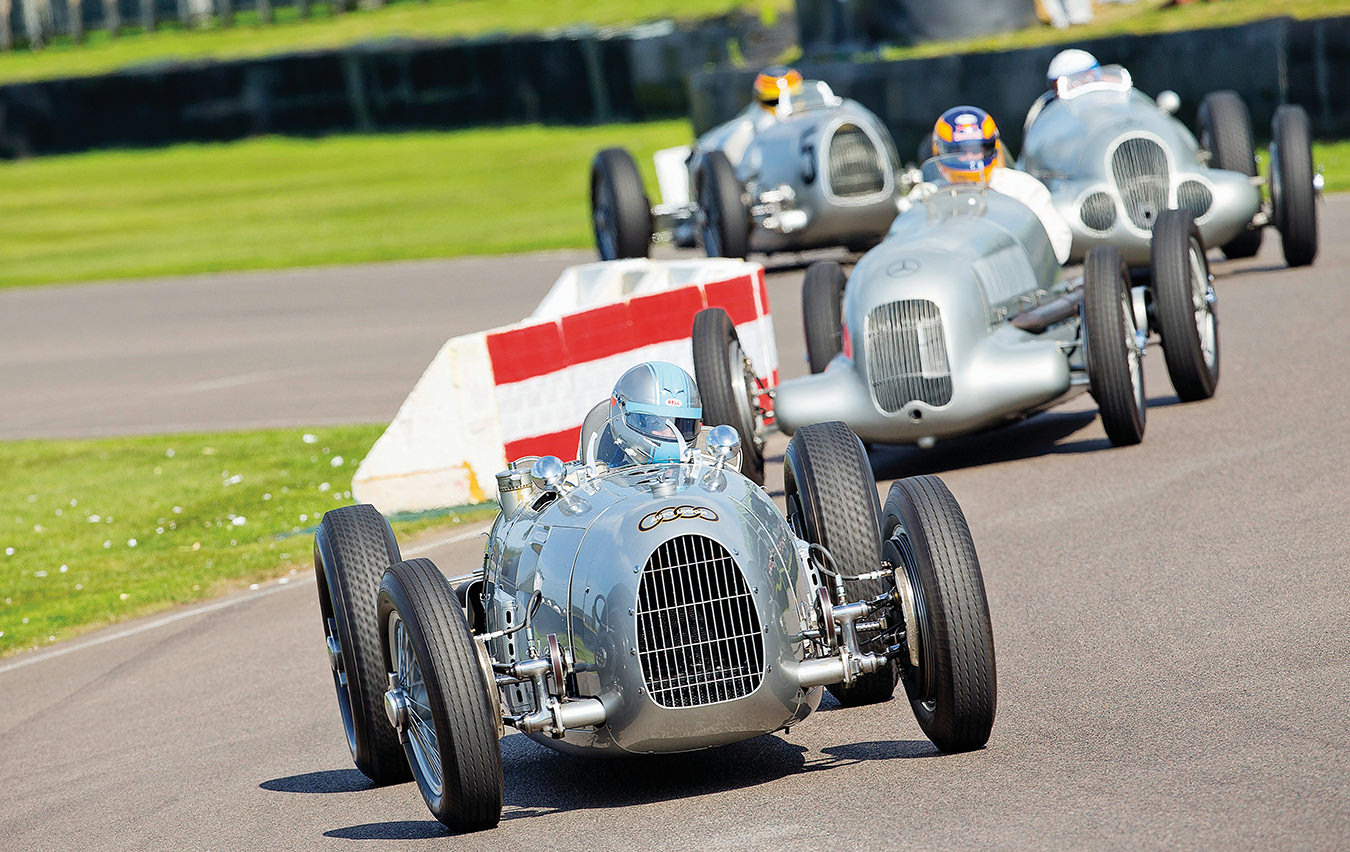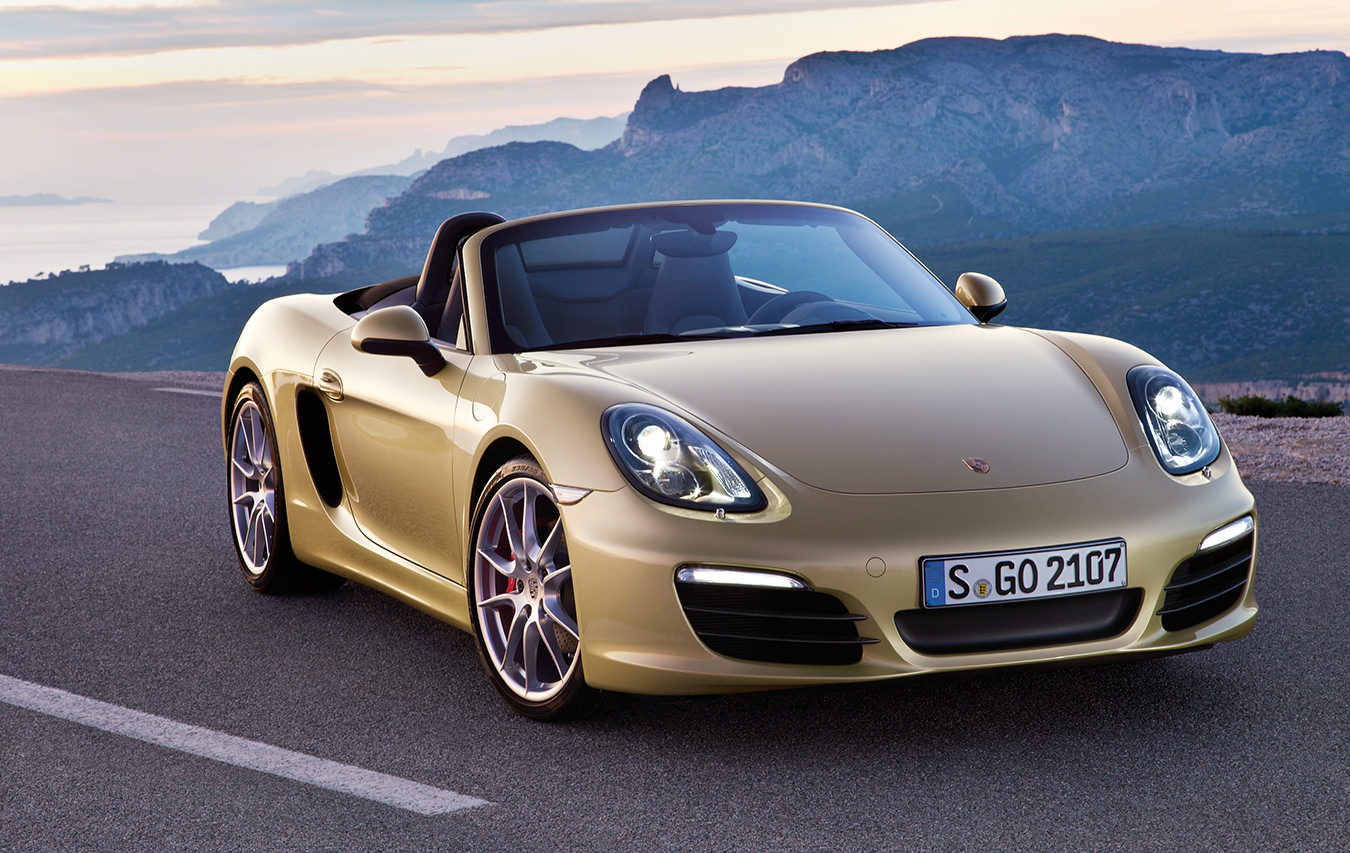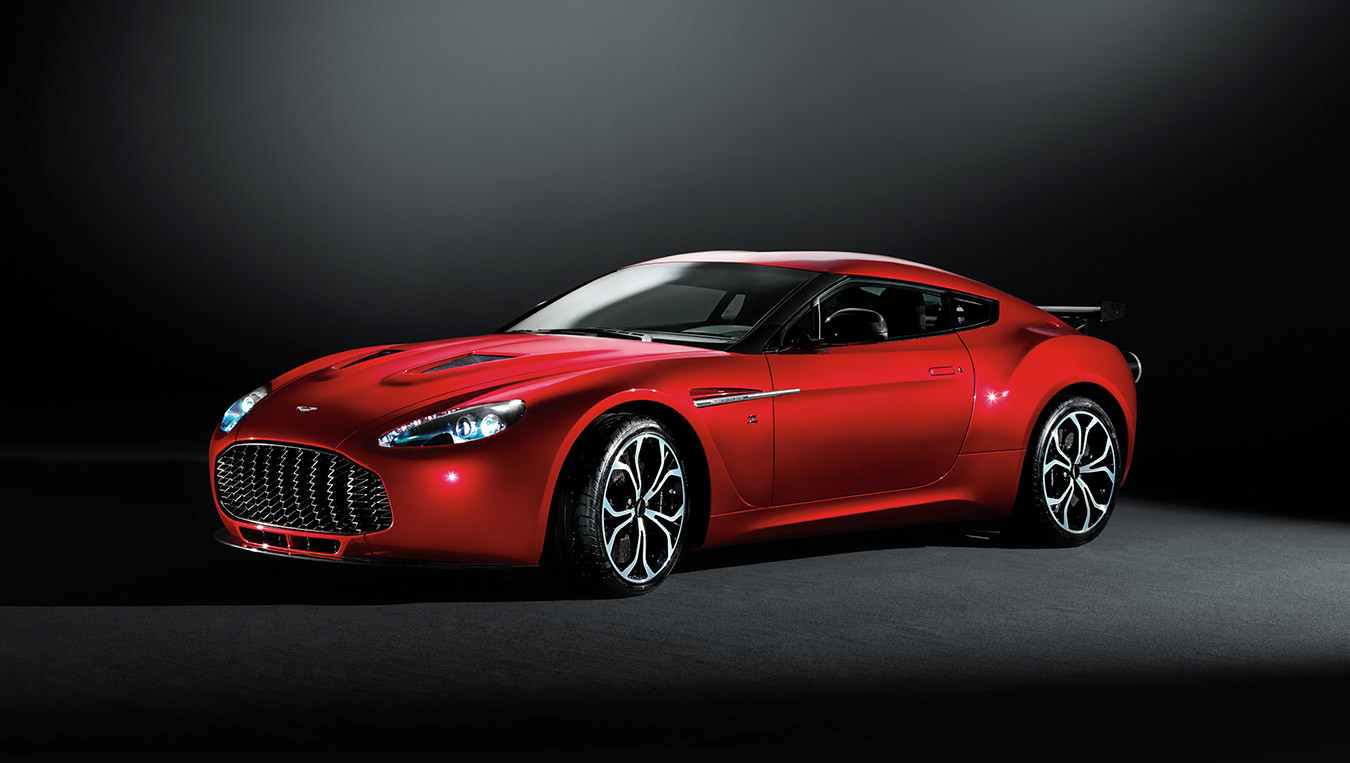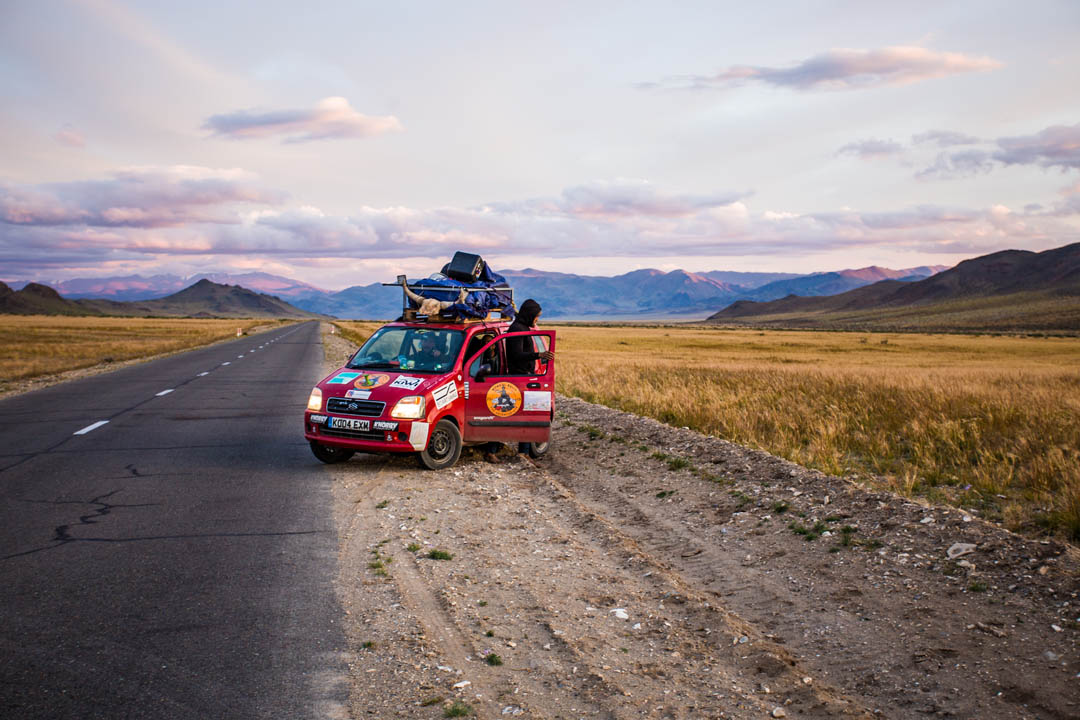
Photograph by Cam Moore and The Adventurists
Behind the Wheel of the Greatest Motoring Adventure on the Planet
Organized insanity on an outlandish drive from Europe to Mongolia.
For much of the global population, getting stranded in an unfamiliar country with no common language and nobody to bail them out is near the top of a list titled “Things I Do not Want to Happen.” For 20 years now, however, that is exactly what teams who compete in the Mongol Rally have been doing to themselves. In 2001, Tom Morgan attempted to drive from Prague to Mongolia with a friend from university, a distance of over 6,000 kilometres as the crow flies. After this attempt failed, Morgan set up a website to tempt others to join his madcap quest—and so the first Mongol Rally took off in 2004 with six teams signing up. The original trip was part of a concept called the Morgan Institute of Adventure Research, started during his studies for a fine art degree. Deciding the name was too annoying for potential participants, he rebranded it The Adventurists, which has run the rally ever since.
The Mongol Rally is a lightly organized, unsupported odyssey from Prague to the Russia-Mongolia border that must be completed in a car with an engine no bigger than a litre (1.3 for the “weak”) or a motorcycle with an engine 125cc or less. The idea is to cross much of Eurasia without the benefit of four-by-fours and support crews but in as unsuitable and inconvenient a vehicle as possible. In other words, it isn’t supposed to be easy. Nowadays, somewhere around 1,000 people follow in the path of those first six cars each year, although not literally, as one of the centrepieces of the rally is the lack of a defined route. Teams come from all over the world, each with their own motivation, plan, strategy, and route. The one sure thing all these crews have in common is the low calibre of their vehicles.
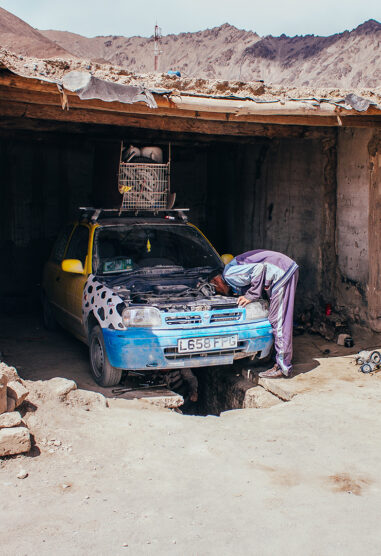
Photography by Andre Sousa Correia
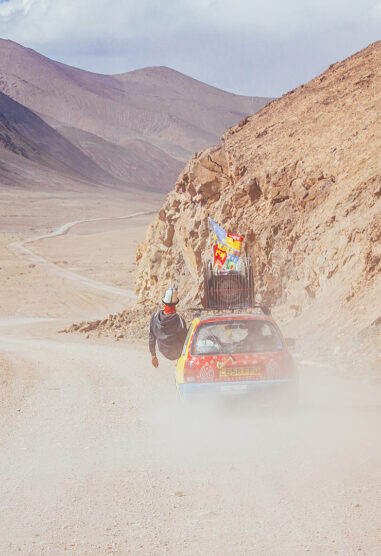
“We had a 1997 Daihatsu Move, 850cc, 42 horsepower. I mean, ridiculous, like a Japanese city car,” says Bassam Tarazi, who completed the rally in 2014. Ridiculous is correct. The Daihatsu Move is more suited to an episode of The Simpsons than the realities of crossing continents. Securing your team’s wheels is difficult enough, but the sheer length of the journey comes with its own challenges. “You’re on the road for 12, 13 hours a day. And so I think that relentless slog of the open roads was just a lot,” Tarazi says. “You know, sometimes you had one meal a day—sometimes it was two. I lost 17 pounds. I didn’t have 17 pounds to lose. I think the open road was the thing that was harder than I realized.”
With the world more and more interconnected, it is no longer possible to embark on the swashbuckling adventures of days gone by. What the Mongol Rally asks is, even with all the knowledge of how the world works and where you are on the map, do you have the mindset, the patience, and just the right amount of audacity in you to make it when the going gets tough? For 20 years, teams have been seeking the answer to this question, and although not all of them make it to the finish line, it is safe to assume that they learn something along the way regardless.
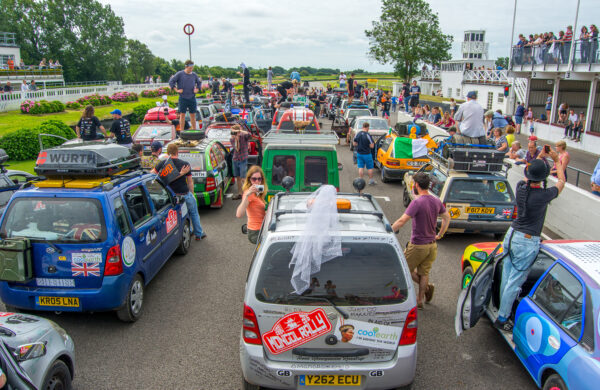
Photographed by Eric Jackson and The Adventurists.
A large part of the adventure comes from the fact that while participants are given a defined starting point and finish line, how they connect the two dots is totally up to them. You are not racing the other teams taking part. The Mongol Rally is not intended as the Cannonball Run of the Caucuses but more like a real-life choose your own adventure, with the teams able to travel through places they want to see.
Although the route is left up to the teams, certain pit stops draw in multiple outfits. For example, many teams stop at the so-called Gates of Hell near Darvaza in Turkmenistan. For those unfamiliar, it is not literally a portal to the underworld but rather a collapsed crater leaking natural gas, which was allegedly ignited by the Soviet Union to avoid its poisonous spread and in turn created a burn pit in the desert that never goes out. It says something about the nature of the undertaking that the Gates of Hell are a welcome sight.
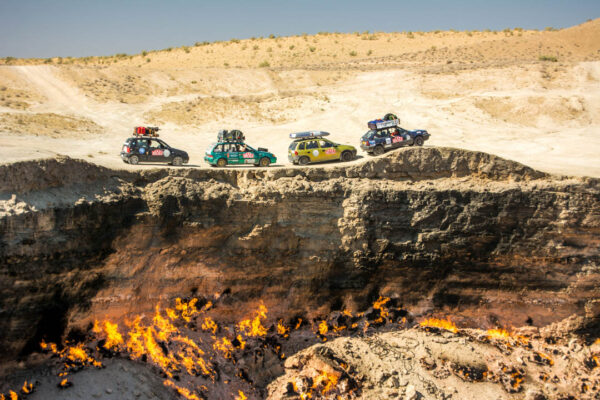
Photography by Eric Jackson and The Adventurists.
While remote fire pits make for camera-roll-filling highlights, the day-to-day difficulties of life on the road are more commonplace for those who take part. Huge amounts of ground covered, coupled with large portions of the rally taking teams through countries where there may be no common language, means communicating with local people for food, lodging, or mechanical help can be difficult. These barriers, however, can allow participants to experience human connection and hospitality in some unexpected places. For Tarazi, some of his lasting memories came from these encounters. “In the middle of Uzbekistan, we were starving. And we saw those kinds of red beach chairs that you see maybe in Southeast Asia. We kind of pulled in,” he says. “I didn’t know if it was a restaurant. We were basically miming ‘hungry,’ like, patting our stomachs. What came out, to this day, was one of the greatest things I’ve ever eaten in my entire life.”
If none of this sounds particularly pleasant to you, that is the point. The experience isn’t supposed to be easy, and as the organizers themselves say, that’s what makes it an adventure. While the Mongol Rally isn’t for everyone, those who embark on this wildest of rides are treated to not only a lifetime’s worth of driving practice but also endless natural beauty, a myriad of fascinating cultures, and true hospitality from people they meet along the way. That is, of course, if their vehicle can make it.
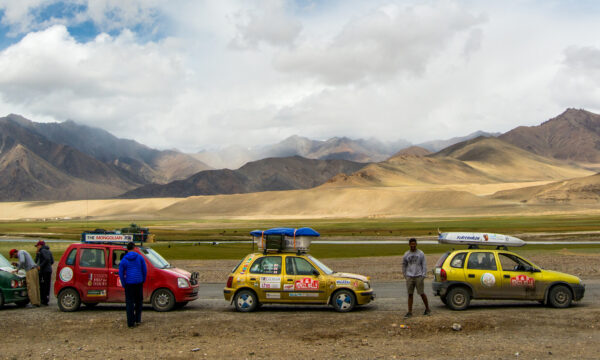
Photography by Eric Jackson and The Adventurists.

